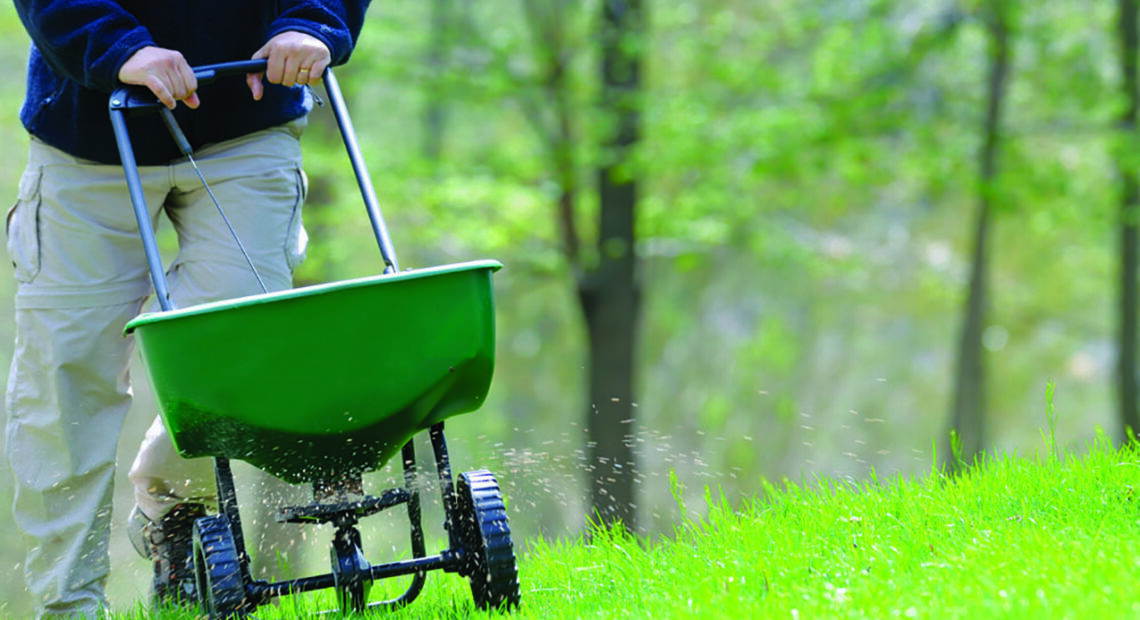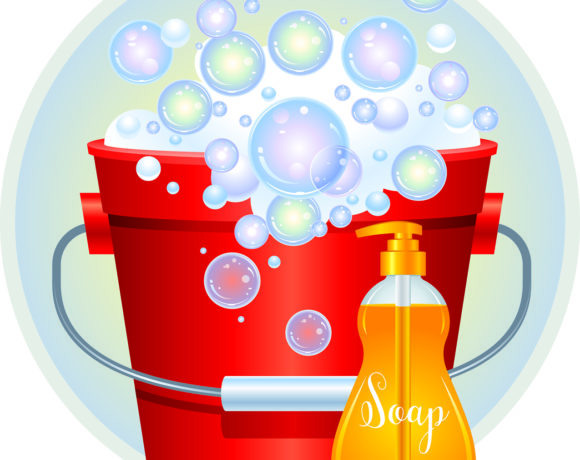Spring marks the return of lawn and garden season. Lawns often bear the brunt of winter’s wrath, so spring is a great time to nurse them back to health, and fertilizing can be an essential component of that process.
Fertilizing a lawn can be intimidating. An array of fertilizers, with each seemingly designed to address a different issue, can make homeowners’ heads spin when visiting their local lawn and garden center. However, fertilizing is a very simple task that any homeowner can tackle. In fact, fears about fertilizing are often unfounded and can be overcome with some basic knowledge of the process.
• Identify which type of grass is in the yard. The home improvement experts at HGTV note that turfgrass is divided into two categories: cool-season grass and warm-season grass. A local lawn and garden center can help homeowners identify which type of grass is in the yard, and this often depends on location. Fescue, bluegrass and perennial ryegrass are some examples of cool-season grasses, while Bermuda, bahia, St. Augustine, and zoysia are considered warm-season grasses. Identifying which type of grass is in the lawn is important because that will indicate when to fertilize. Cool-season grasses are typically best fertilized in early spring, while warm-season lawns can benefit from an application just before especially warm temperatures arrive.
• Survey the lawn to identify which spreader to use. A small yard or a thriving lawn with only a few bald or unsightly patches may not need a full application of fertilizer. In such instances, a hand spreader can suffice. For larger lawns and areas, a broadcast spreader is the ideal option. Spreaders have multiple settings, and the fertilizer package will indicate which setting to utilize when using the product.
• Test the soil prior to purchasing fertilizer. The lawn experts at Pennington® note that a simple soil test can reveal soil pH and phosphorous and potassium levels. Soil tests can be purchased at most home improvement stores and lawn and garden centers, and they can help homeowners determine which fertilizer will most benefit their lawns.
• Water the lawn prior to fertilizing. The experts at Scotts® recommend a good watering a few days prior to fertilizing a lawn. Such an approach ensures the soil is ready to accept the fertilizer once it’s applied.
• Follow the instructions carefully. Detailed instructions are typically provided on fertilizer product packaging. Once homeowners have identified and purchased the product they need, they can simply follow the instructions on the packaging, including how and when to water after application, which can make fertilizing less intimidating.
Fertilizing in spring can help a lawn recover from the previous summer and winter, ensuring it’s lush and green when summer entertaining season arrives.








Recent Comments